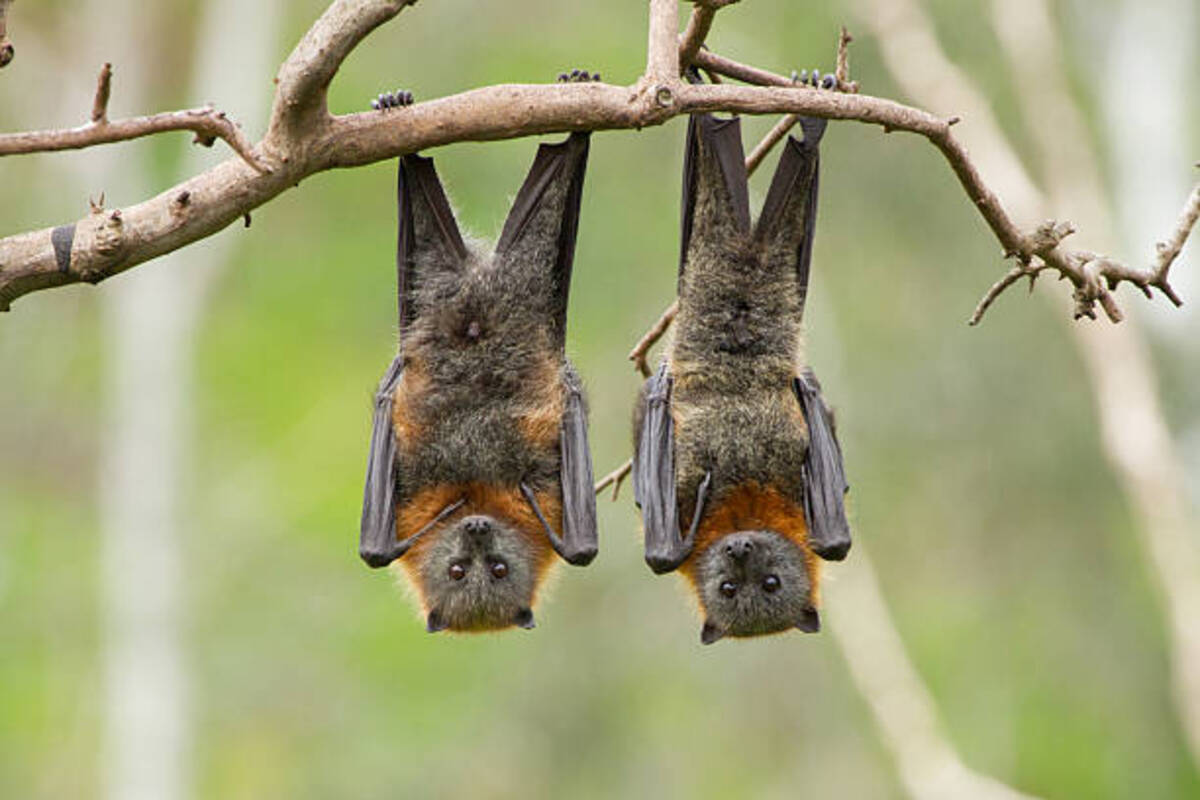A research study warns of the potential negative effects of wind turbines on the animals’ habitats. Bats don’t like wind turbines. They are avoiding the expanding number of forest-based wind projects in Finland.
Researchers from the Universities of Turku and Helsinki found that two bat species kept a distance of up to 1 km or more between themselves and the turbines. The finding came during studies of seven woodland wind farms on Finland’s west coast.
The crew spent the summer monitoring various kinds of bats, including the Northern, which is the most prevalent in Finland, and the Myotis family.
Bats stay at a distance of more than a kilometer
According to the main author of the study, Simon Gaultier, the findings demonstrated that the presence of wind turbines had an impact on bat presence. He says that both investigated groups were more frequently detected farther away from the turbines.
It is not yet known if bats stay away from the actual wind turbines or just the surrounding region, Gaultier said.
In Finland, constructing wind turbines in woods necessitates the removal of numerous trees and the construction of substantial highways to transport turbine components to the construction sites.
Myotis bats, for example, prefer deep forests without any open spaces since they don’t enjoy these kinds of changes. This may be the cause of their aversion to wind farms.
Wind energy could influence bats’ habitat
However, regardless of the true causes, this avoidance might force bats away from habitats that are crucial for their migration or feeding. The team also suggests other deterrents, including noise or lighting.
This outcome amplifies when considering the cumulative impact of all wind turbines currently operational or planned in Finland.
The experts argued that further research is necessary to fully understand the effects on bats’ habitats and migration patterns. The data shows that wind development affects or will affect in near future around 7% of Finnish territory.
The study’s novel perspective on the relationship between flying species and turbines, with the majority of previous research focusing on collision avoidance, suggests that bats intentionally avoid wind farms.
Bats or not: Finland counts on wind energy
In an effort to keep bats away from wind farms, wind OEM giant Vestas in 2019 announced an agreement to distribute “jamming kits” that interfere with their echolocation capabilities.
With a record 671MW of new wind energy installed in 2021, Finland became a major European growth market and increased its total capacity to 3.3GW at the beginning of last year.
The demand for green power deals from data centers, a need to ensure energy independence from Russia, and a push to reach ambitious national decarbonization objectives are among the drivers that are fueling the Finnish onshore wind boom.
With large developments gaining scoping permissions, Finland is currently preparing the path for significant offshore wind projects.

